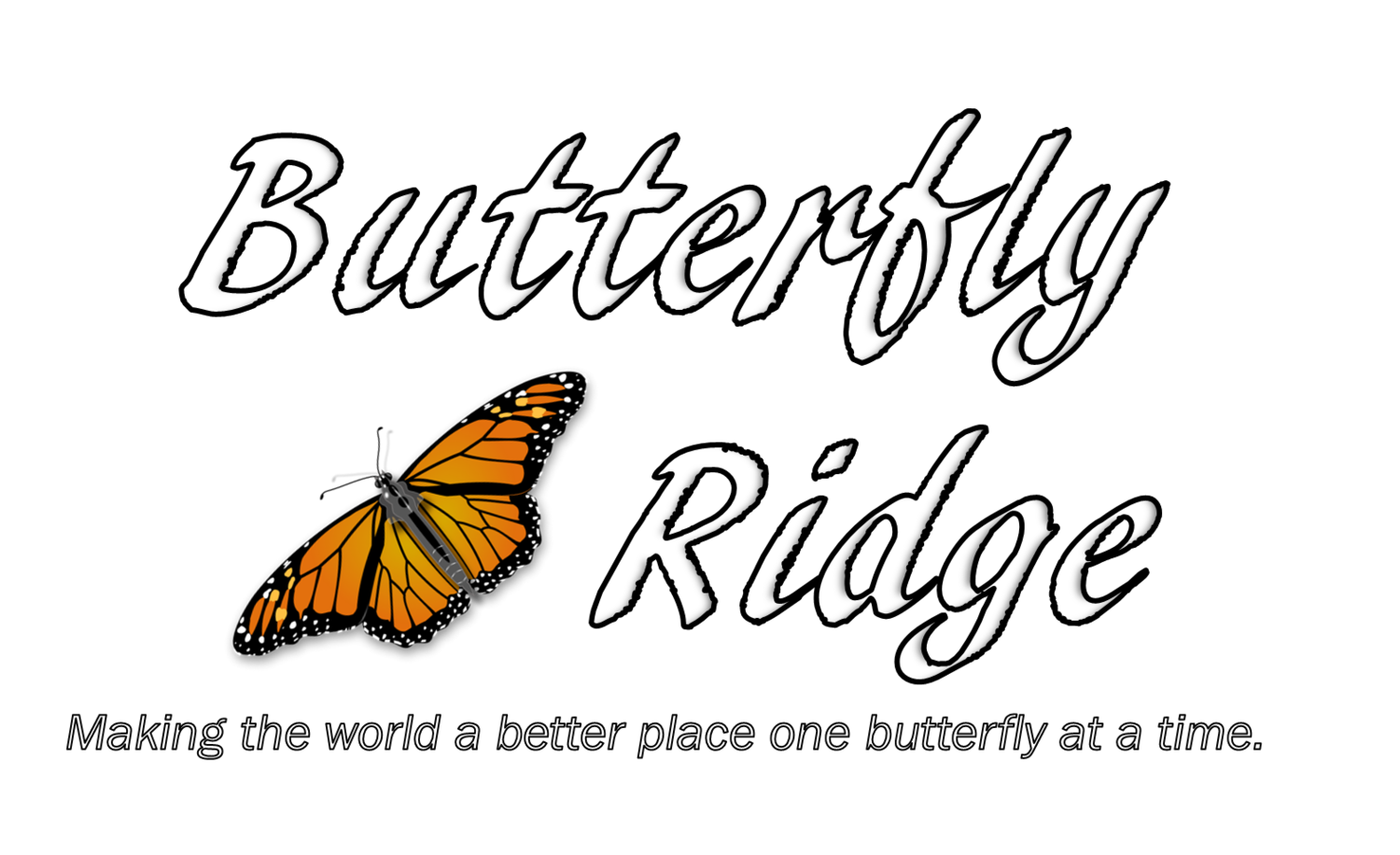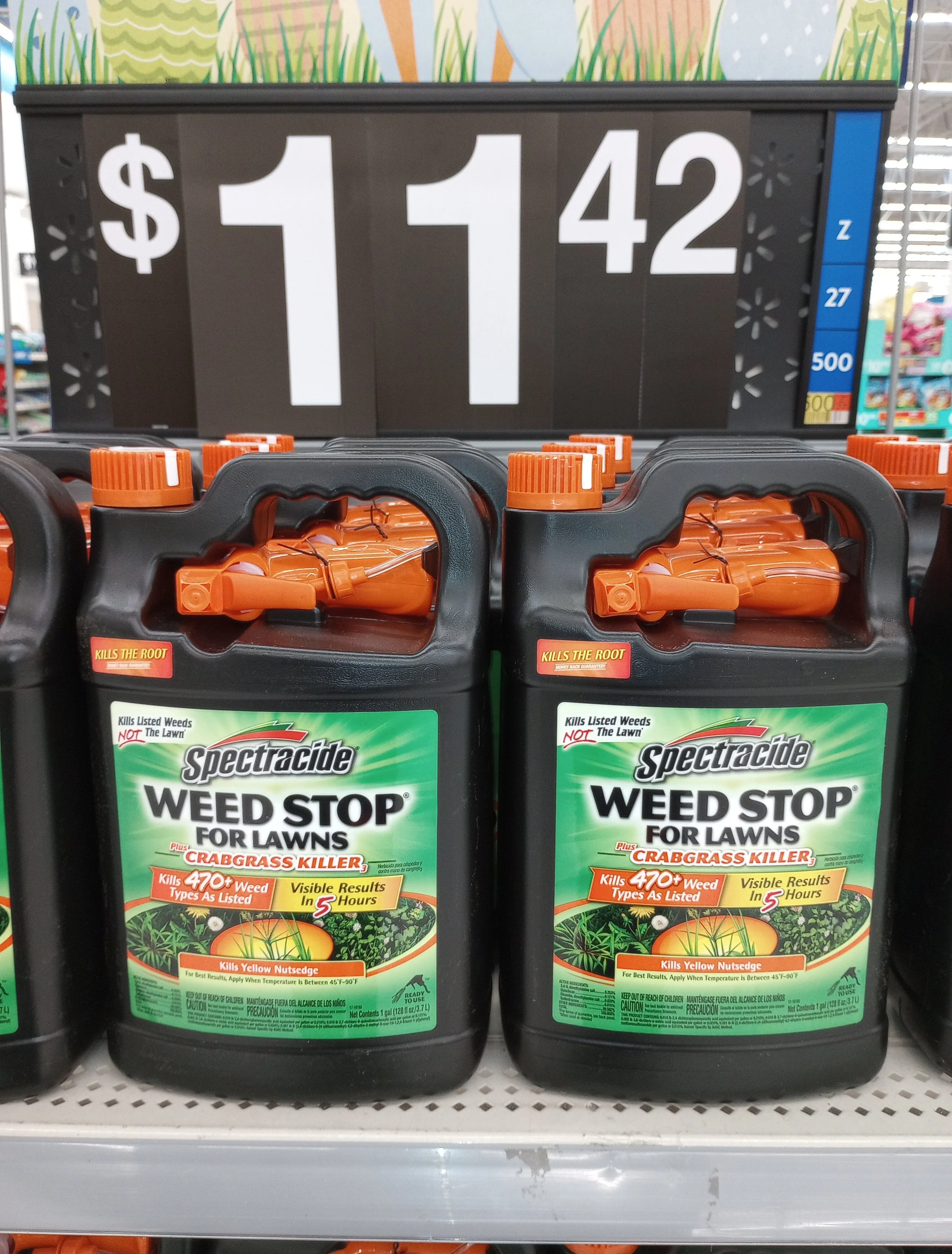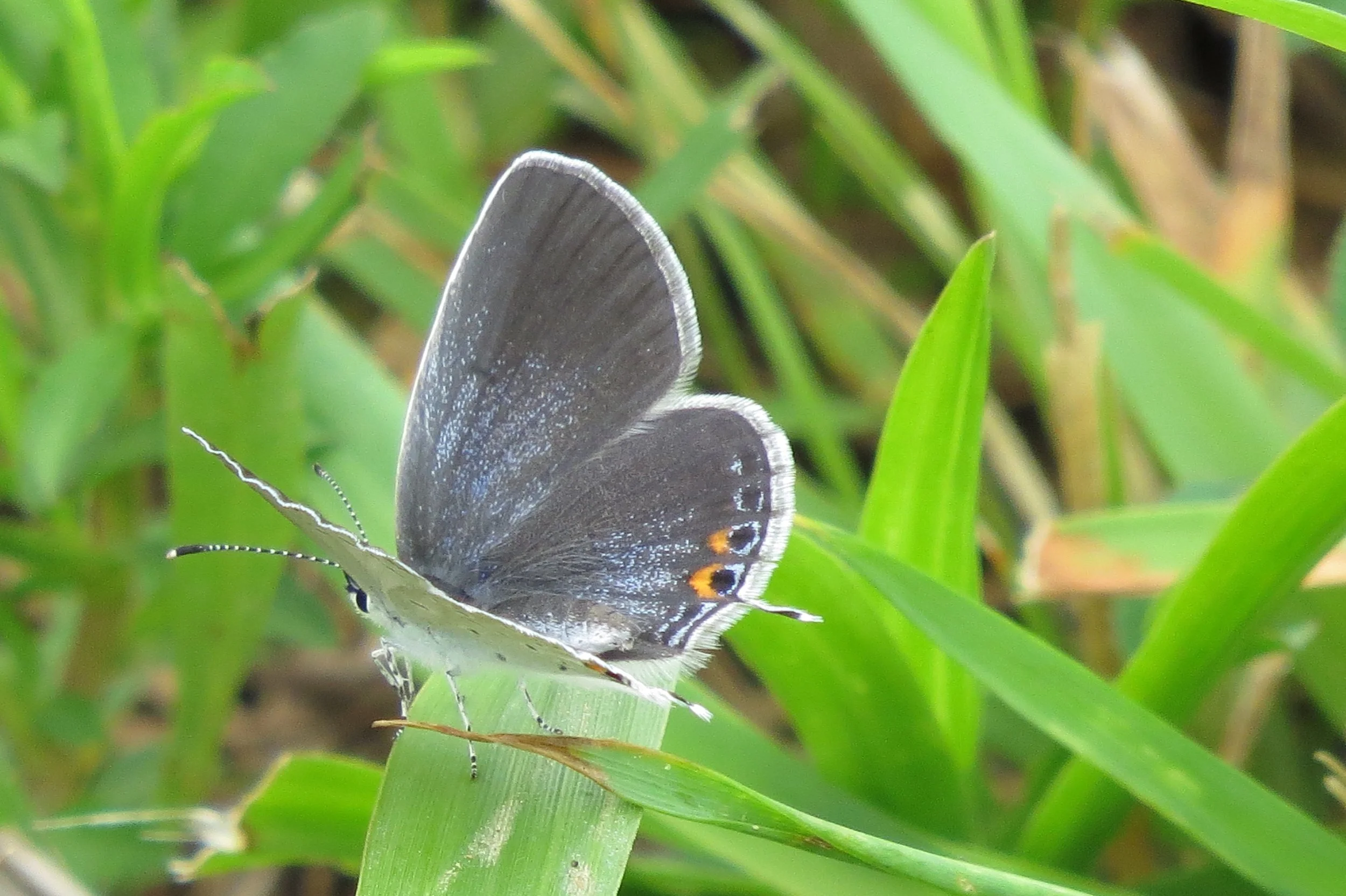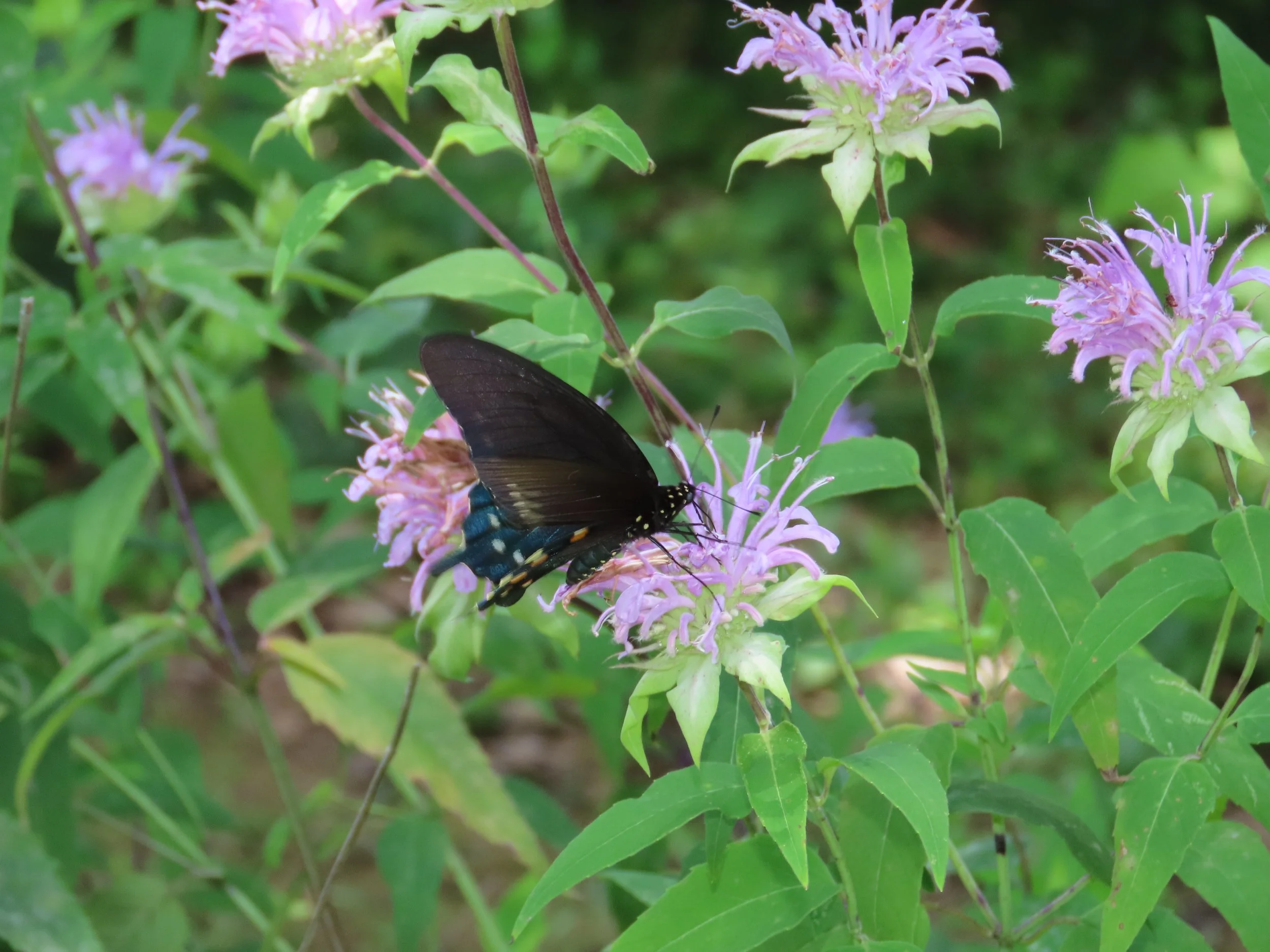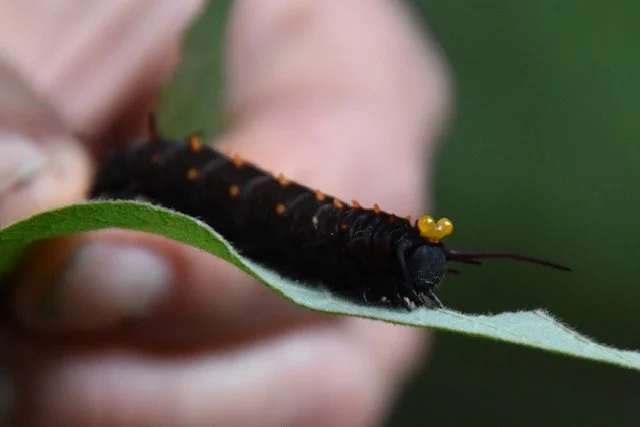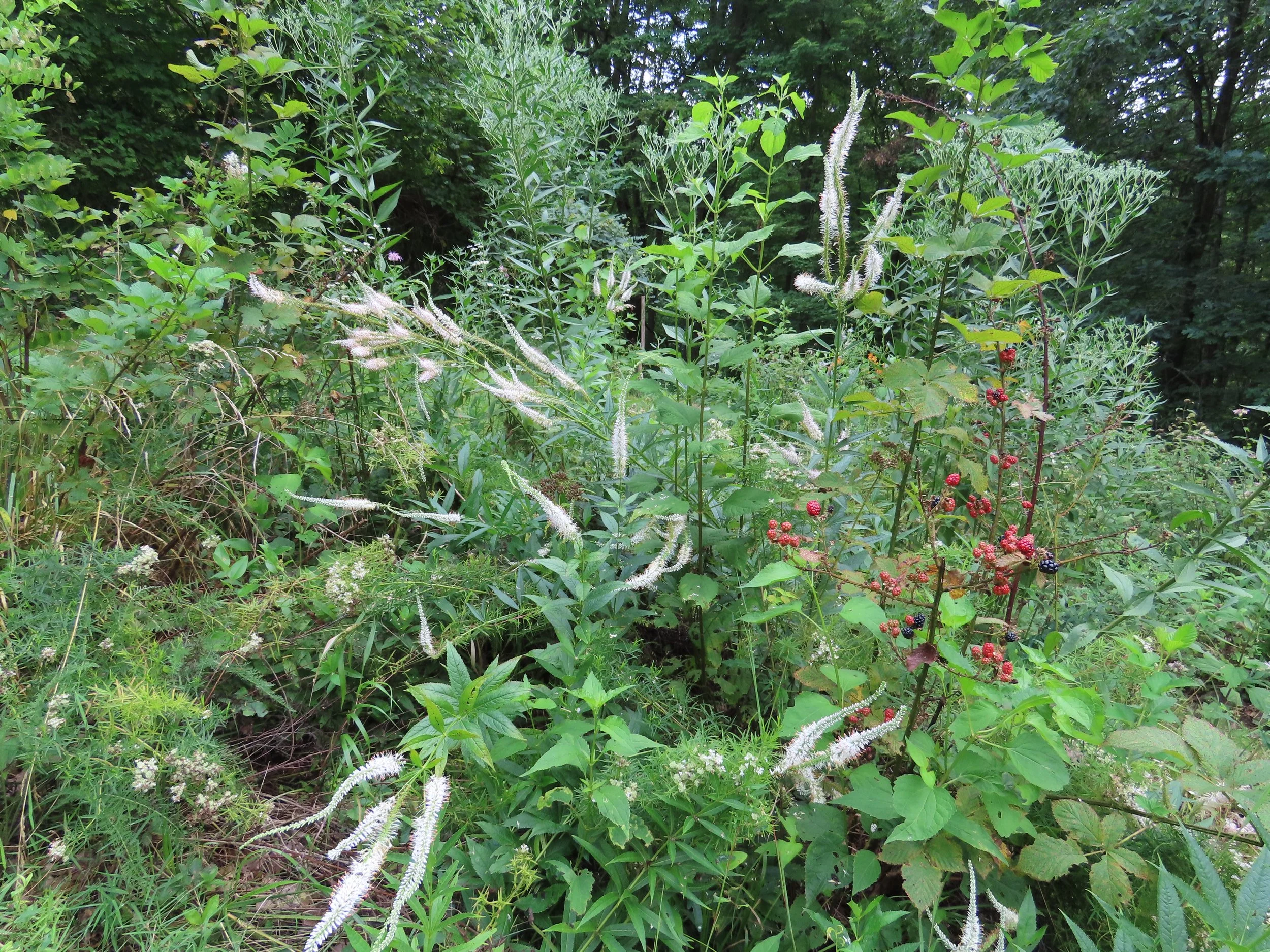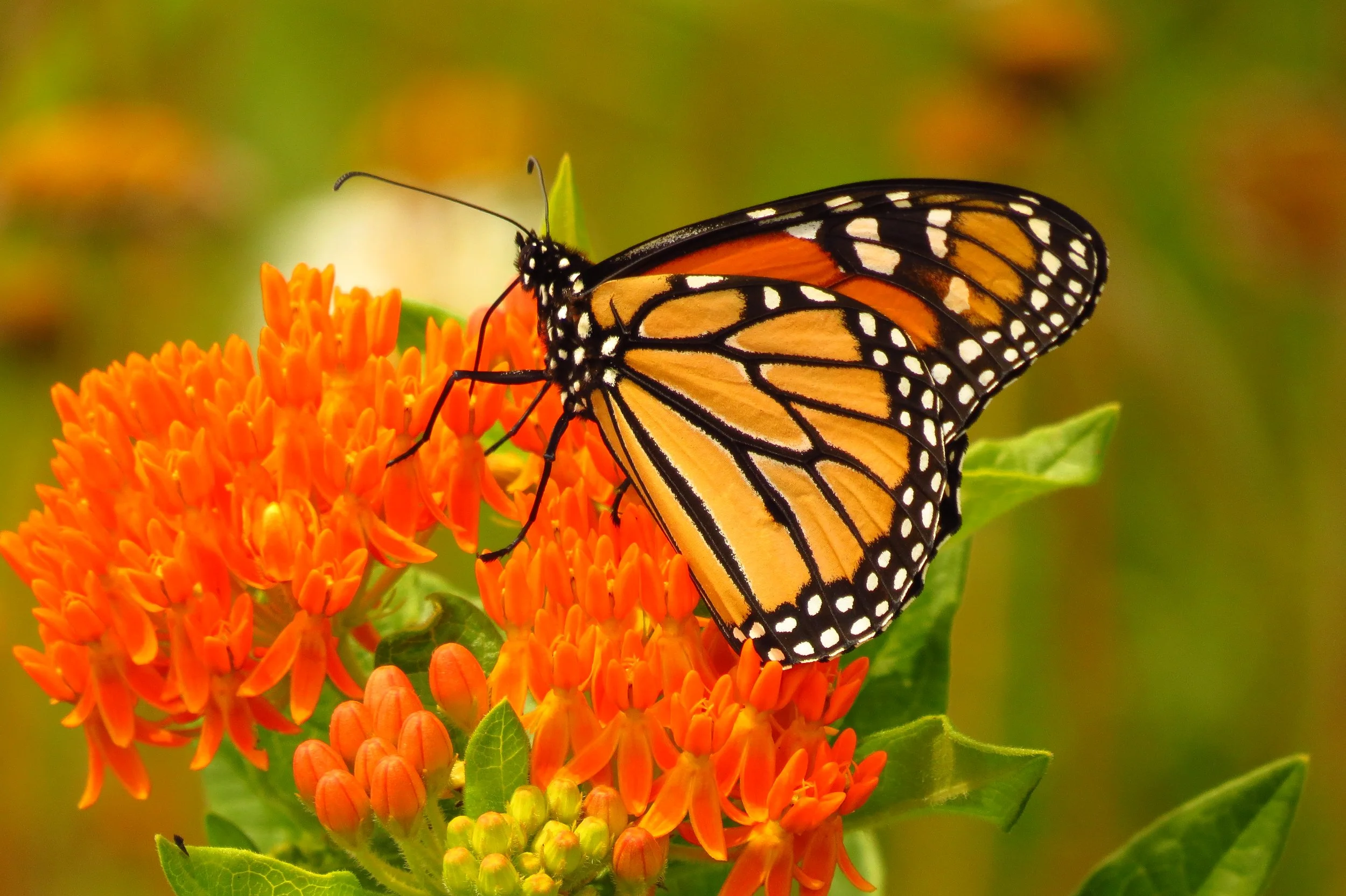The Value of a Beautiful Lawn
/As I wandered through Walmart this morning to pick up a prescription, I came across this lovely display of death. Yes, let the annual war on dandelions, chickweed, violets, clover, and crabgrass begin.
Once upon a time, the perfect, unadulterated, closely manicured lawn was a thing of prestige and social pride. And while one would like to think that our collective consciousness has moved beyond the Victorian Era, apparently Walmart has focus group inspired insight that asserts otherwise.
How do I hate thee lawn; let me count the ways:
Weed killers like that pictured above destroys some of the best early season food for bees and butterflies that there is. While I am not going to plant my front yard in dandelions, there are certain benefits to their presence, providing food resources when there is otherwise very little. Especially in the face of climate change, with warm, spring-like weather seemingly arriving earlier and earlier, frequently the insects arise from the winter slumber faster than the native plants. Dandelions help bridge the gap.
Like it or not, some plants are meant to be eaten by local insects. The chickweed ‘weeds’ in your lawn provide necessary food for the quite lovely Chickweed Geometer Moth (below left). Other lawn weeds, including crabgrass, clover, and dandelions, provide food for other larval forms of insects.
The act of mowing the lawn in itself is a barbaric act of brutality, on a scale Genghis Khan would find honorable. Any insects which even attempt to successfully breed in a lawn setting will find their offspring chopped-up on a weekly basis. The Eastern Tailed-blue butterfly (below right) can only thrive in an unmowed setting.
Lawns are truly sterile environments, much like a parking lot. If the basic functions of life are not taking place (ie. feeding, reproduction, respiration, etc), then that is the definition of sterile. Grass may be present, but there is no interaction among organisms.
Indeed, we work so hard and go to such great expense to accomplish what, a lifeless carpet of green which could be accomplished more simply and probably at equal expense with a large roll of green plastic from your local home improvement box store. For a nation that at times prides itself on being pro-life, we sure work hard to keep life at a distance.
I would like to challenge you to eliminate your lawn, at a rate of ten percent each year, by converting it to flower beds, prairie plantings, or just simply letting nature do with it as she wishes. At Butterfly Ridge, we teach classes on this. It will mean less work and expense for you in the long run, and for the organisms you share your plot of the world with, it will provide new and exciting living quarters. It is one of the few win-win opportunities out there. Accept our Ten Percent challenge. Email chris@butterfly-ridge.com if you would like us to give a presentation to your group on how to be successful at converting your lawn to actual living space, just ten percent at a time.
